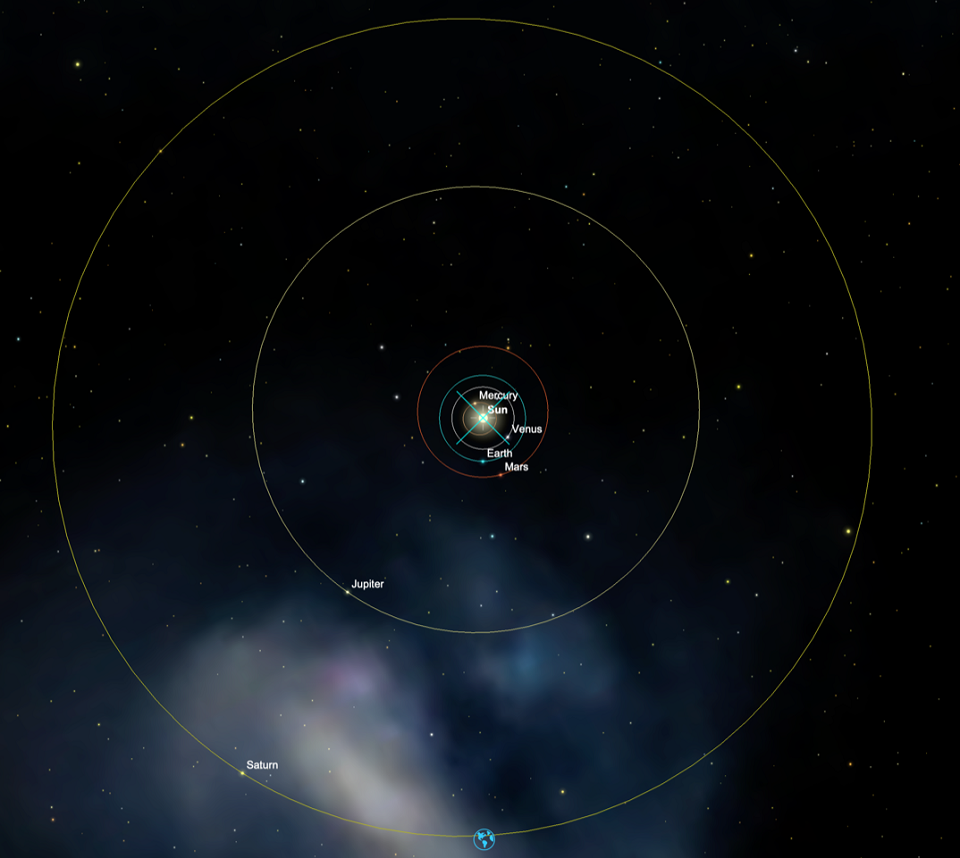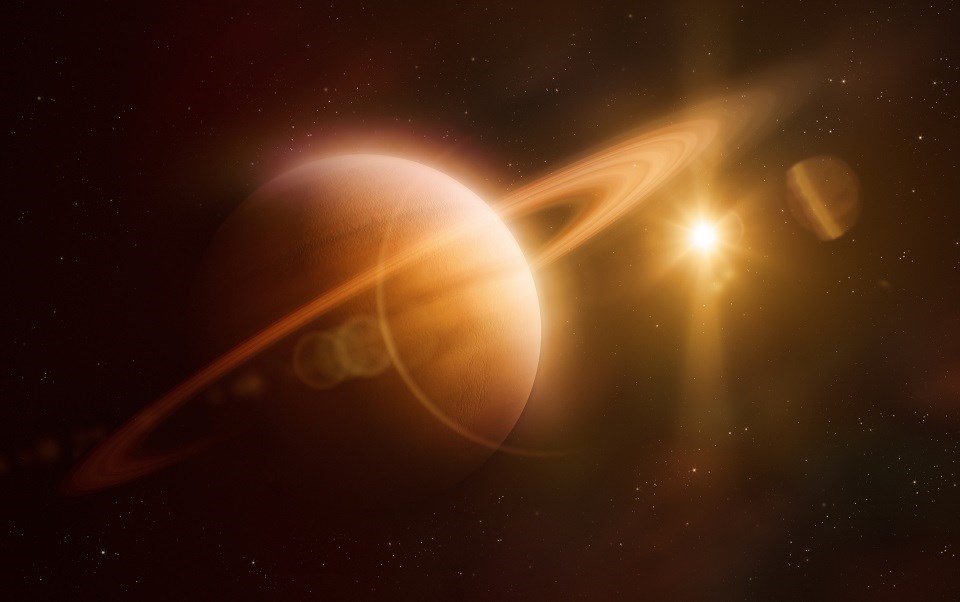Break out the binoculars and dust off that telescope in the attic.
According to the Prince George Astronomical Society, residents will be able to see our solar system’s two largest planets tonight (Aug. 27) tomorrow (Aug. 28) and Saturday (Aug. 29) as Jupiter and Saturn, the fifth and sixth planets from the sun, are set to converge with Earth’s yearly orbit.
It’s an event that occurs roughly every 12 years, spokesperson Blair Stunder tells PrinceGeorgeMatters.
He explains star-seekers should look towards the southern skies to see the gas giants and Saturn’s rings, in particular, will be noticeable with the proper equipment as they’ll be illuminated by the sun.
“Around 10 p.m., both are high in the south,” says Stunder, noting twilight time, or 45 minutes after sunset is the best time to start looking up as the planets’ rotations will come in alignment a couple degrees above our moon.
“Jupiter currently rises around 6:30 p.m. and sets near 2 a.m. [...] The Moon is 1.3 light-seconds from you, Jupiter is currently 37 light minutes distant, and Saturn is 77 light-minutes.”
Stunder notes Saturn will be to Jupiter’s left, but won’t be as bright in the night sky until Saturday evening.
“Saturn rises and sets about 15 minutes later than Jupiter,” he describes, adding the two planets are also set to return to the night sky later this fall.
“They will appear closer together in October and November. They will appear to travel backwards as the Earth catches up to them and then passes them at which time. This is called Retrograde as planets in our solar system appear to slow down, then appear to move backwards before continuing forward on their orbit.”
He adds the Earth will be on the other side of the sun in six months, so Jupiter and Saturn won’t be visible until the next overlap convergence.
Jupiter’s orbit is roughly 11.86 Earth years, while Saturn takes 29.44 years to circle the sun.
 A “Plan-View” of our solar system showing the current planet positions relative to the sun. (via Blair Stunder for Prince George Astronomical Society)
A “Plan-View” of our solar system showing the current planet positions relative to the sun. (via Blair Stunder for Prince George Astronomical Society)


